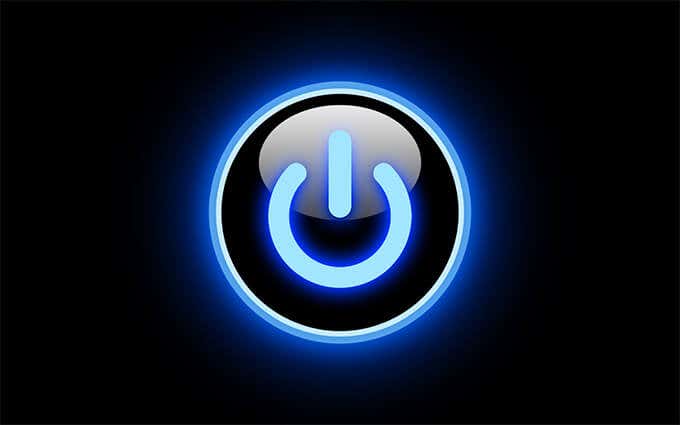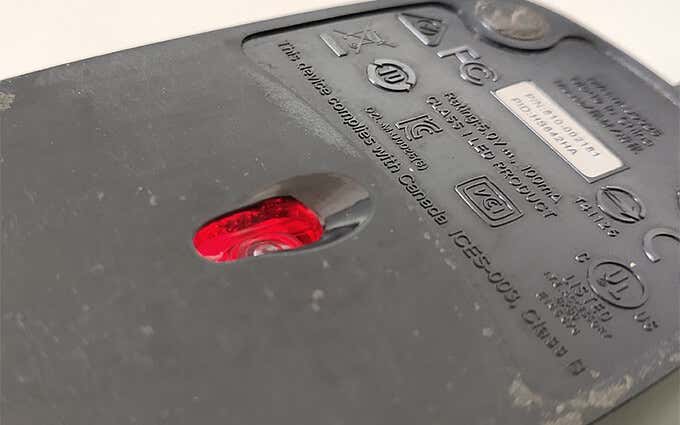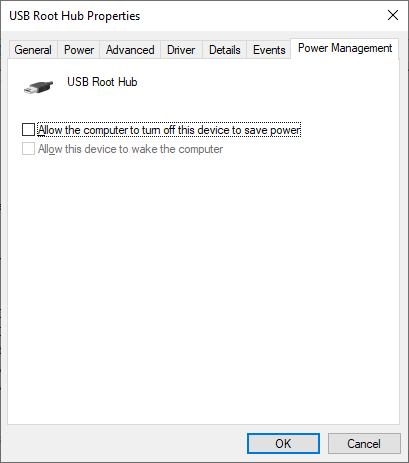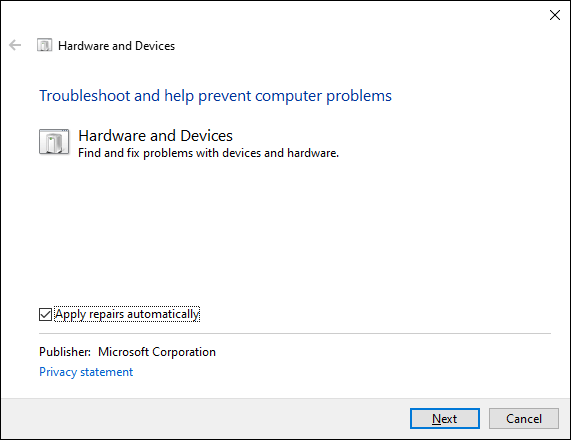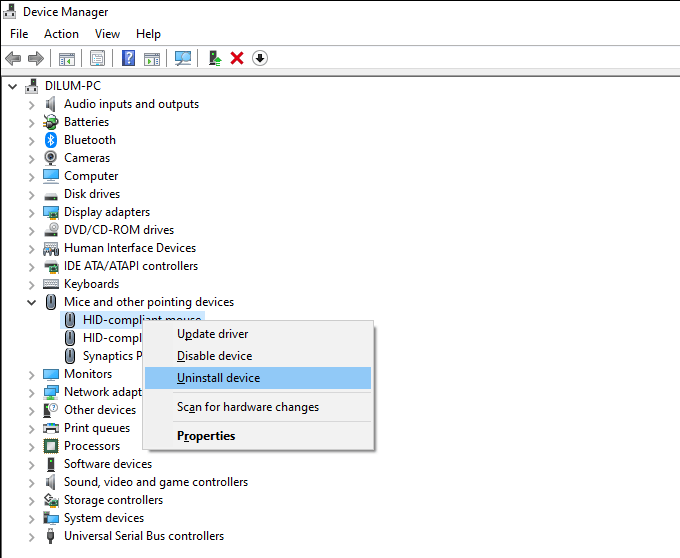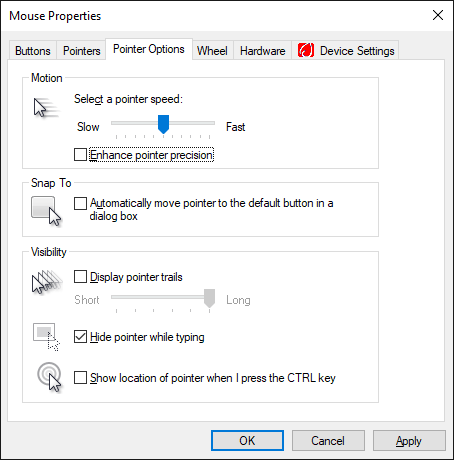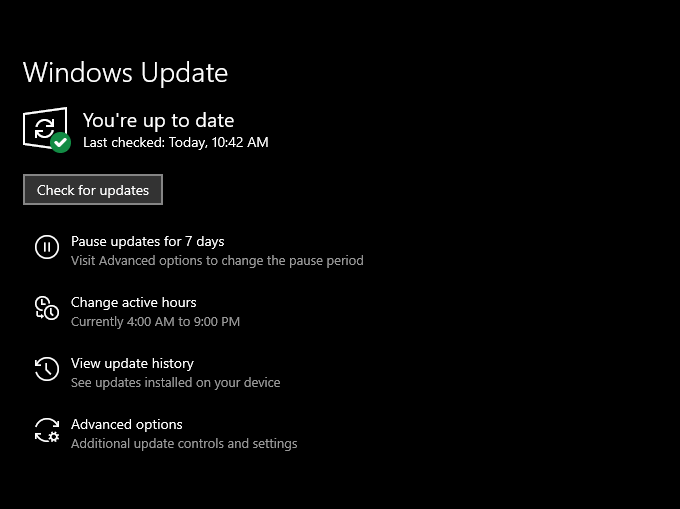Do you encounter frequent pauses and freezes with the mouse cursor in Windows 10? Multiple reasons, such as conflicting settings, corrupt drivers, and malicious software, can cause that to happen.
So the next time your mouse freezes or otherwise starts acting up in Windows 10, here are 18 things you can try to get it functioning correctly again.
Before You Start
If the mouse cursor completely freezes, you can use the following keys to interact with the operating system:
Tab and Shift + Tab: Switch between on-screen elements.
Up/Down/Left/Right Arrows: Move between on-screen elements and expand items within lists.
Enter and Space: Select (left-click) on-screen elements.
Application and Ctrl + Shift + F10: Reveal contextual (right-click) actions.
You’ll also find additional keyboard shortcuts for specific actions as you work your way through the list below.
1. Switch Windows Using Alt-Tab
If your mouse freezes in Windows 10 within a specific program, then switching to another open application via the Task Switcher (press Alt + Tab) or bringing up the desktop (Windows + D) just might help fix that.
Update or reinstall the program if the cursor-related issues start to recur.
2. Restart File Explorer
Restarting File Explorer is another quick way to fix a frozen or jerky mouse cursor in Windows 10.
Start by pressing Shift + Ctrl + Esc to bring up the Task Manager. Then, select More details, right-click the process labeled Windows Explorer, and select Restart.
3. Exit Resource Consuming Processes
Resource-intensive processes can also cause the mouse cursor to freeze or behave erratically. The best way to check that is to open the Task Manager and look underneath the Processes tab for high CPU and disk usage.
You can always end a process by right-clicking and selecting End task. But if it’s related to a critical task (such as an application update or an anti-malware scan), you should wait it out.
4. Restart Computer
Memory leaks, rogue processes, and various other issues can crop up randomly in Windows 10. The easiest way to fix that is to perform a quick restart. So if you haven’t already, try doing it now.
In case your computer appears completely unresponsive, you might want to perform a hard reset instead.
5. Disconnect & Reconnect Mouse
Disconnecting and reconnecting your mouse can also fix odd cursor-related issues on your PC.
Simply take out the USB cable or wireless receiver, restart your computer, and reconnect it. If the mouse continues to freeze, move on with the rest of the fixes.
6. Clean the Mouse
If you’ve used your mouse for some time, the optical sensor underneath can end up getting coated in dust and grime. Unsurprisingly, that can prevent it from registering movements correctly.
Using compressed air or a damp alcohol-soaked cotton swab should help you clean it quickly.
7. Recharge the Batteries
A wireless or Bluetooth mouse that’s about to run out of battery can also stutter and pause in Windows 10. Check if recharging or swapping out its batteries can end up making a difference.
8. Change USB Ports
Switching USB ports can also help rectify issues on USB devices. Furthermore, it’s best to avoid external USB hubs and connect your mouse directly to ensure that it receives adequate power.
Disconnecting and moving around other USB peripherals—such as your keyboard—to different ports on the PC might also end up resolving the problem.
9. Disable Power Saving for USB Ports
Your PC may attempt to conserve power by shutting down power to USB ports. You can stop that by tweaking the operating system’s power management settings.
Press Windows + R to open the Run box. Then, type devmgmt.msc and select OK to bring up the Device Manager. Next, expand the Universal Serial Bus controllers category, right-click an instance of USB Root Hub, and select Properties.
Under the Power Management tab, uncheck the box next to Allow the computer to turn off this device to save power and select OK. Follow that by repeating the action for other instances of USB Root Hub.
10. Run Hardware and Devices Troubleshooter
Windows 10’s Hardware and Devices troubleshooter helps fix severe mouse-related issues. You can access it using Windows PowerShell.
Start by pressing Windows + X. Then, select Windows PowerShell, and follow that by copying and pasting the command below:
msdt.exe -id DeviceDiagnostic
Once the Hardware and Devices troubleshooter finishes loading, work your way through any onscreen instructions to resolve issues with your mouse.
11. Reinstall Device Drivers
You’ve gone through lots of quick fixes. If your mouse still keeps freezing, it’s now time to rule out corruption issues with any mouse drivers by reinstalling them.
To do that, open the Device Manager, expand Mice and other pointing devices, right-click HID-compliant mouse, and select Uninstall device. Then, repeat for all instances of HID-compliant mice.
Follow that by restarting your computer, and Windows should reinstall the mouse drivers automatically.
It’s also a good idea to follow up by installing any support software or dedicated drivers for your mouse from the manufacturer’s website.
12. Disable Enhance Pointer Precision
Windows 10 features a setting called Enhance Pointer Precision that acts as a form of mouse acceleration. But it can produce inconsistent behavior with specific mice types, so you should try disabling it.
To do that, press Windows + I to open the Settings app. Then, select Devices > Mouse > Additional mouse options. Under the Pointer Options tab, uncheck the box next to Enhance pointer precision and select Apply to save your changes.
13. Update Hardware Drivers
Obsolete or buggy display drivers can result in significant performance issues and cause the mouse to freeze. You try fixing that by obtaining the latest drivers from the device manufacturer’s website—NVIDIA, AMD, Intel, etc.
Additionally, you must apply any other hardware-related driver updates to resolve conflicts between the various devices on your PC. The fastest way to do that is by using a driver updater tool.
14. Update Windows 10
Updating Windows 10 can resolve known bugs and driver incompatibilities preventing your mouse from working correctly.
So if you haven’t updated the operating system in a while, open the Settings app and go to Update & Security > Windows Update. Then, select Check for Updates and follow that by selecting Download and install.
15. Scan for Malware
Computer viruses and malicious software usually result in severe performance issues and erratic cursor behavior. You can use Windows 10’s built-in Windows Security applet to perform a scan of your computer for trojans, worms, keyloggers, etc.
However, you should also follow up by running a dedicated malware remover such as Malwarebytes to find and remove hidden forms of malware.
16. Disable Fast Startup
Windows 10 uses a feature called Fast Startup to improve boot times by saving the system state whenever you perform a shutdown. However, that can also result in weird glitches and anomalies on different PC builds. So try disabling it.
To do that, press Windows + X and select Power Options > Additional power settings > Choose what the power button does. Follow that by unchecking the box next to Turn on fast startup (recommended).
17. Run SFC Scan
Running the System File Checker helps fix severe stability issues in Windows 10. If your mouse freezes completely, you should try running it.
To do that, press Windows + X, select Windows PowerShell (Admin) and run the command below.
sfc/ scannow
Note: If you have trouble interacting with the operating system, try running an SFC scan after booting Windows 10 in Safe Mode.
18. Run DISM Scan
It’s generally best practice to follow an SFC scan by running the Deployment Image Servicing and Management Tool (DISM). That should help fix additional stability issues in Windows 10. Run three commands below in an elevated Windows PowerShell console:
DISM /Online /Cleanup-Image /CheckHealth
DISM /Online /Cleanup-Image /ScanHealth
DISM /Online /Cleanup-Image /RestoreHealth
No More Weird Pauses and Freezes
The pointers above should’ve helped you fix issues with your mouse freezing in Windows 10. But if none of them helped, you must check if the same thing occurs after connecting it to another PC.
If it does, it’s safe to assume that you’re dealing with a defective mouse. So send it back for a replacement or treat yourself to a new mouse.
Related Posts
- Preparing for Windows 10 End of Support: Upgrading to Windows 11
- How to Fix a “This file does not have an app associated with it” Error on Windows
- How to Fix an Update Error 0x800705b4 on Windows
- How to Resolve “A JavaScript error occured in the main process” Error on Windows
- How to Fix the Network Discovery Is Turned Off Error on Windows


